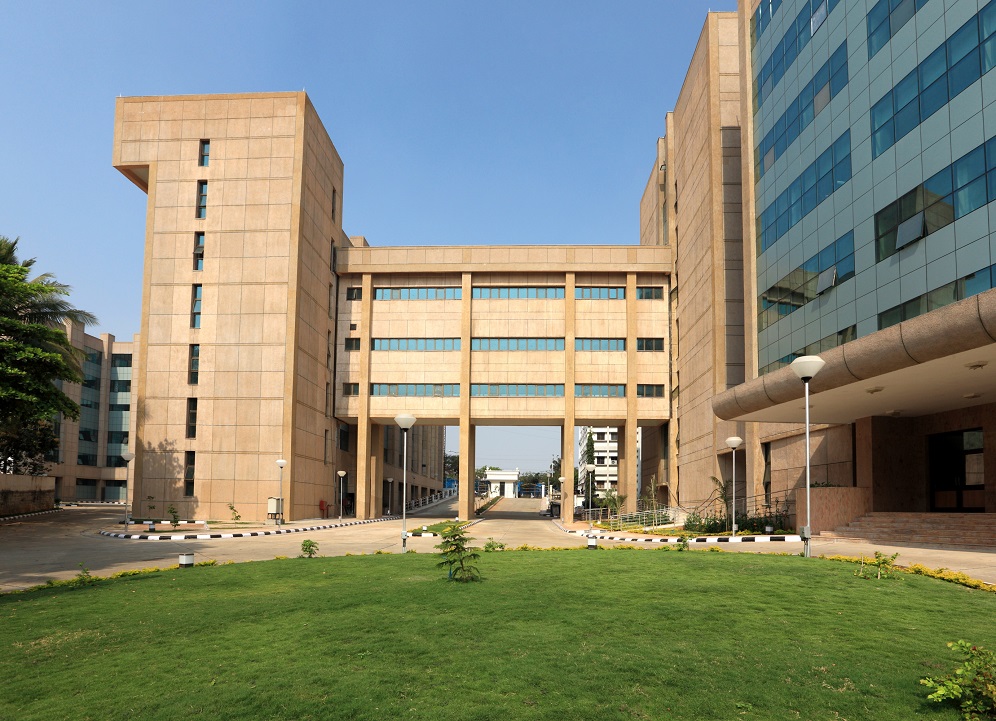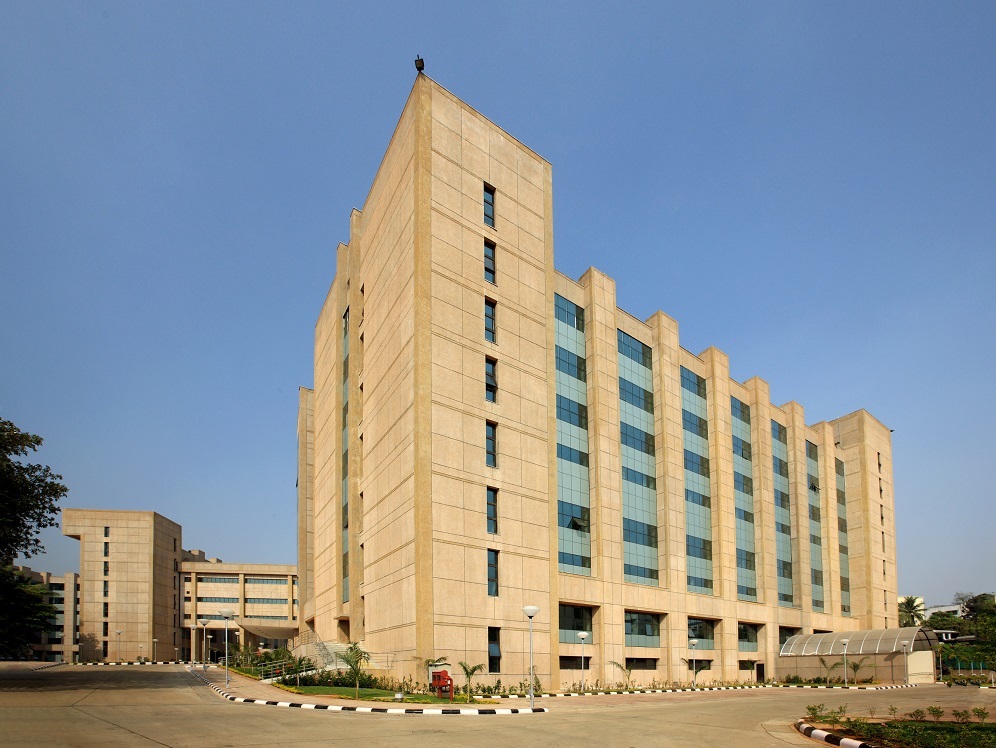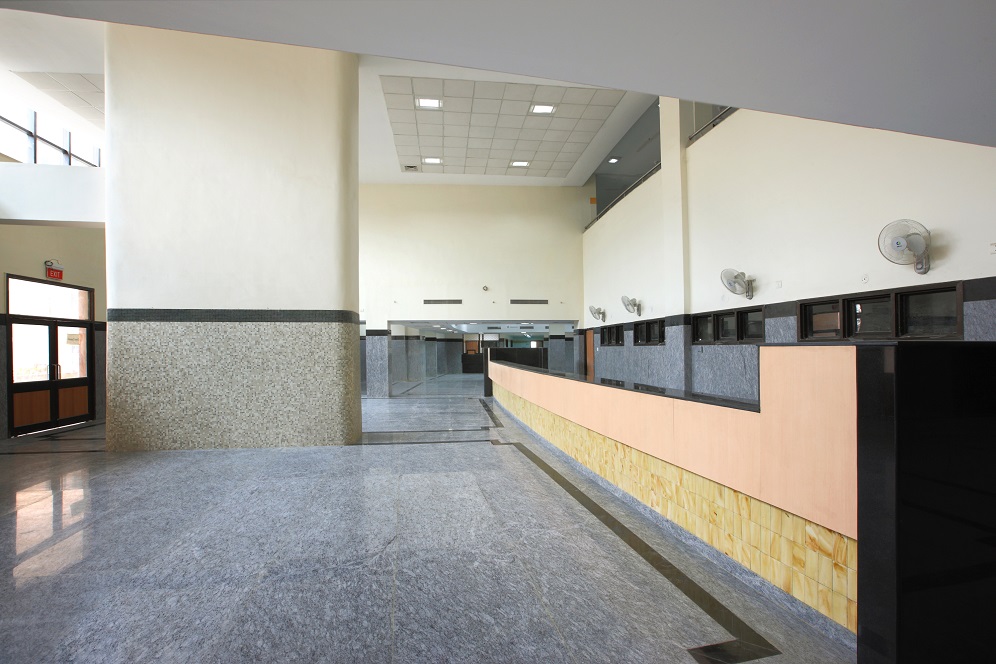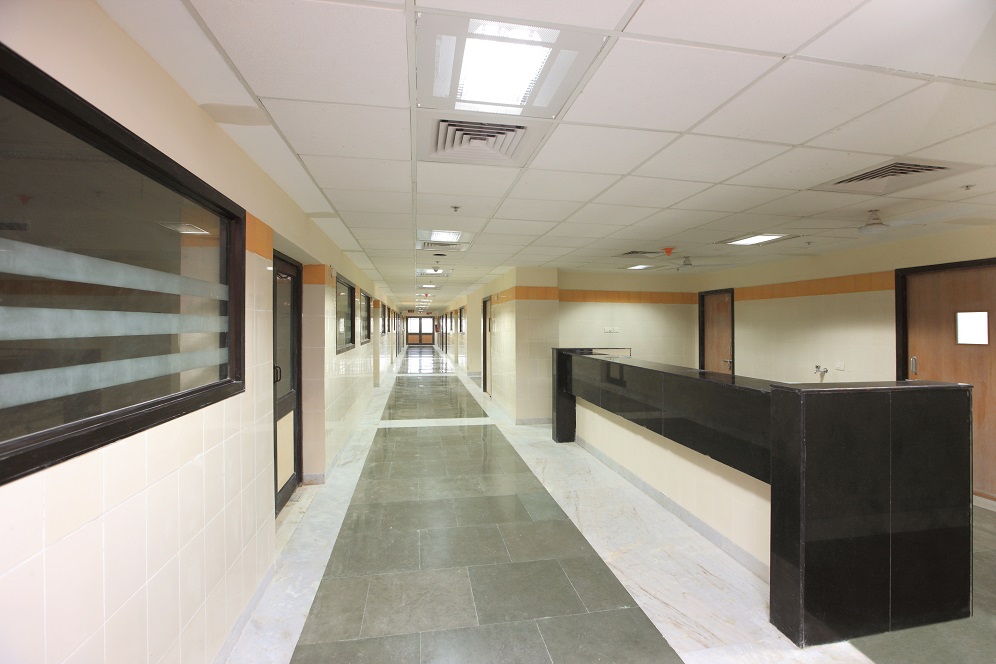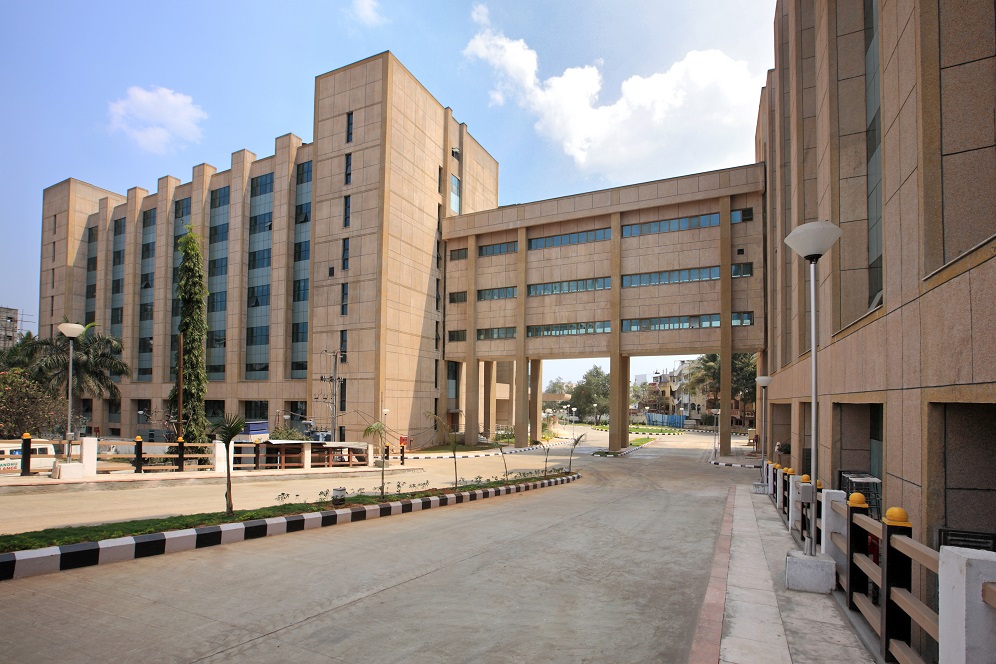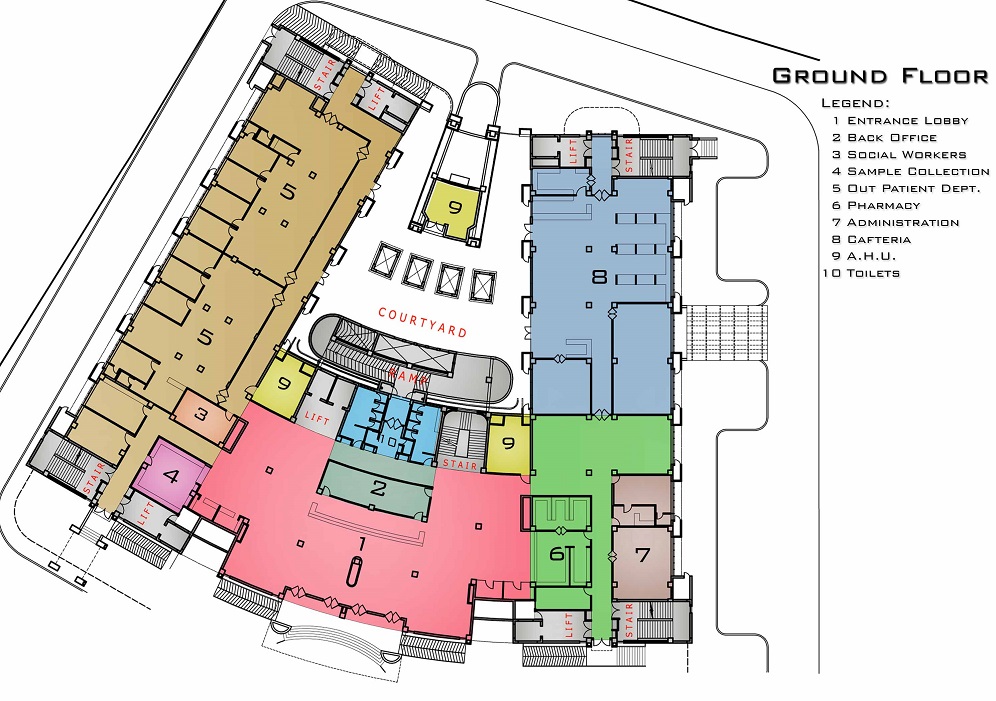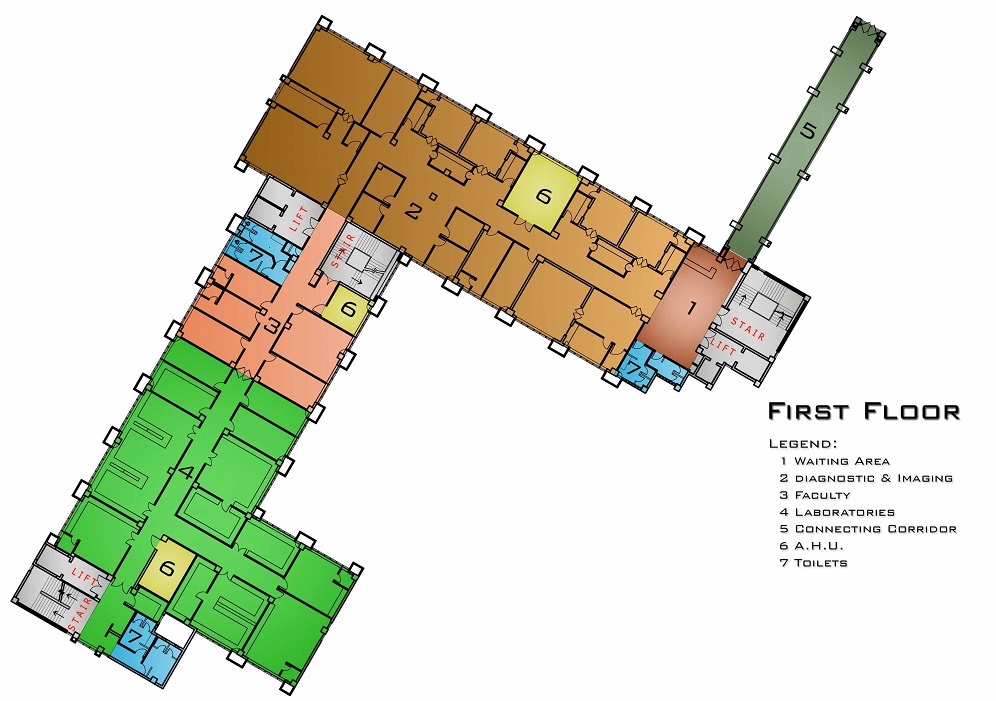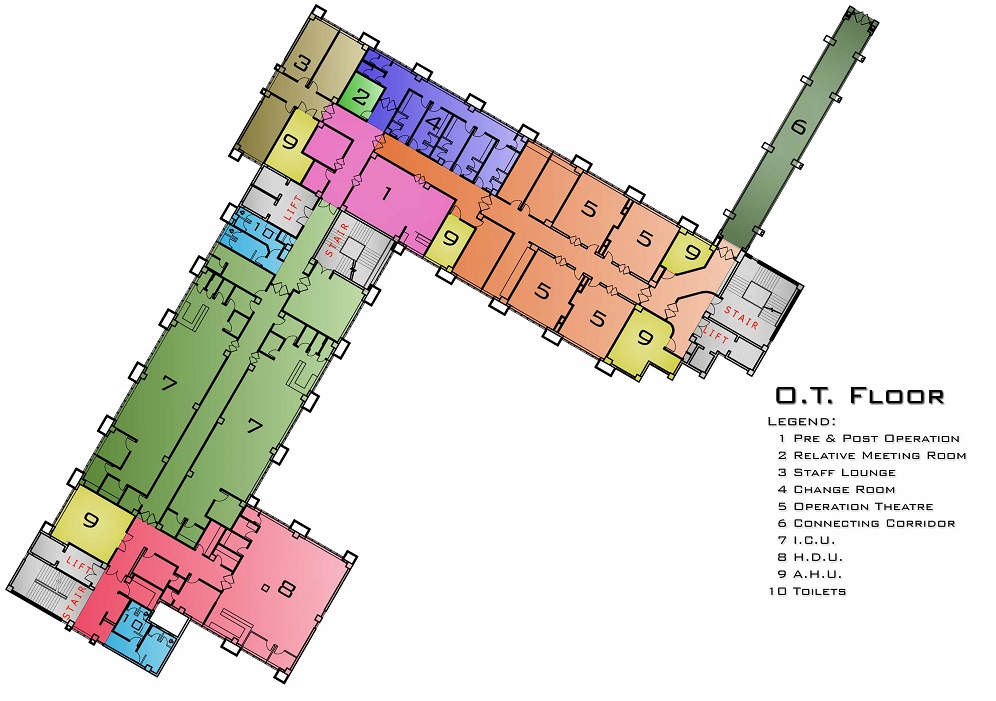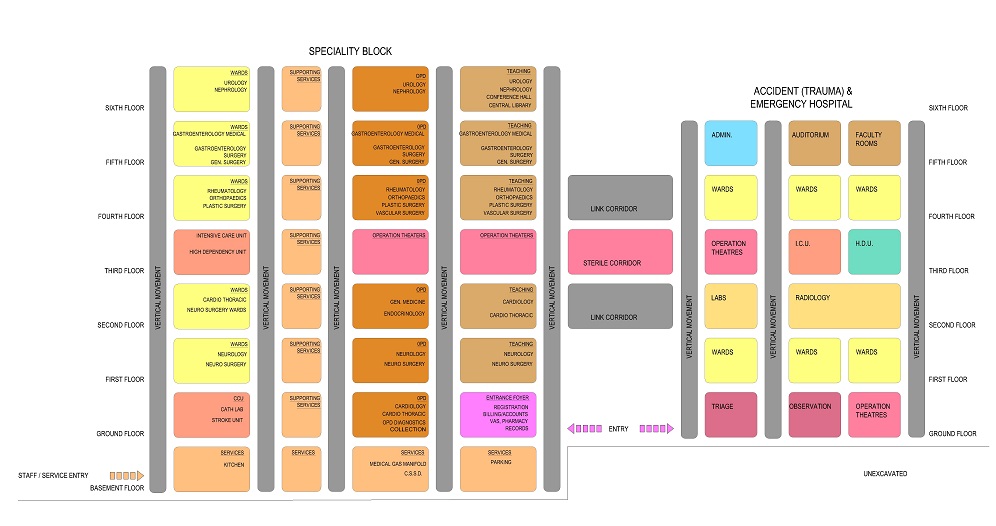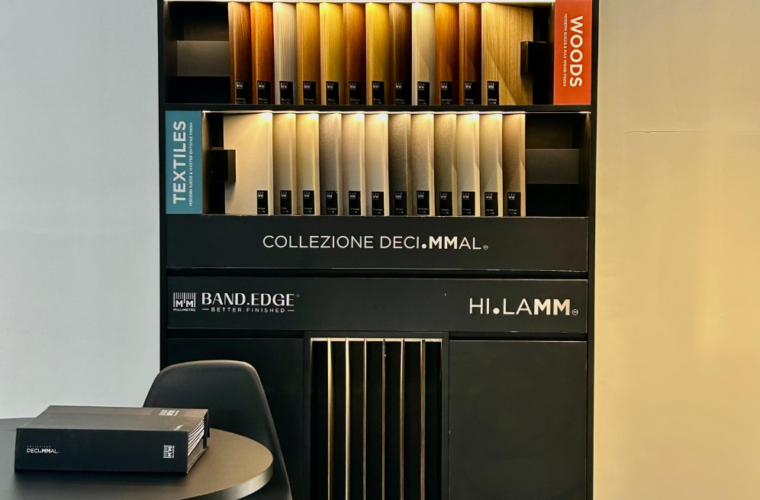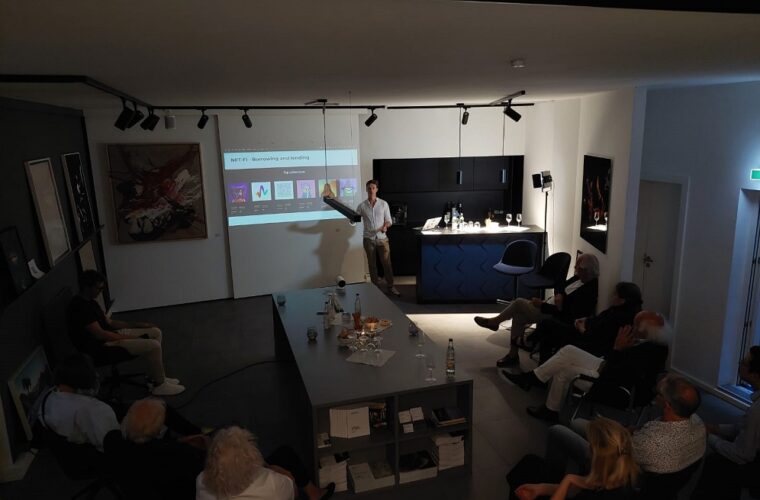Delhi architect gives Hyderabad hospital a sustainable makeover
A 1000-bed premier healthcare and teaching institute and hospital in Hyderabad, the Nizam’s Institute of Medical Sciences were given an architectural upgrade by Manchanda Associates. Three hundred beds were added to the Specialty Hospital as well as a 200 to the Emergency Hospital in the existing complex, under the Pradhan Mantri Swasthya Suraksha Yojana (PMSSY).
As part of sustainability measures, solar panels were proposed for both heating water as well as generating electricity to run non-crucial systems. Low-E and insulated glass were incorporated to minimize heat gain while still maintaining large glazed surface for increasing day-lighting within the buildings.
The hospital runs across two structures on two sites across an internal road. This inter-relationship has determined the shape of the two separate buildings connected by a link corridor at upper floor levels. Such an arrangement allows easy access to both Specialty Hospital and Emergency Hospital while ensuring connectivity of similar functions of both blocks to draw required support from each other.
The façade of the building is interspersed with transparent and opaque elements composed of large glass panels and solid shafts. The two-tone grit finish, created using Dholpur and Jaisalmer stone not only provide a permanent finish, but also gives the hospital a sharp look while creating an array of clean lines throughout the elevation.
Inter-relationships of departments within a floor and in between floors was paramount for efficient functioning. The Stack Diagram explains these spatial inter-relationships.
Easy and unhindered movement of patients, doctors and visitors was a prime factor. Distinct entries and parking for doctors, visitors and service personnel were provided. A round-about was proposed to avoid clash of traffic coming from various directions. Internally, a system of corridors connected vertical movement cores strategically located at all corners as well as in the middle.
A link corridor between floors 2, 3, 4 & 5 ensured quick and easy access between OTs, Diagnostic services and wards of the two separate buildings. All functions of a particular department (OPD, Teaching & Wards) were provided on the same level for easy functioning.
A large triage provided quick and effective segregation in case of large-scale calamities. The Diagnostics facilities (Imaging and Laboratories) were placed on an independent floor so that these functions could be out-sourced on a PPP (Public Private Partnership) basis.


